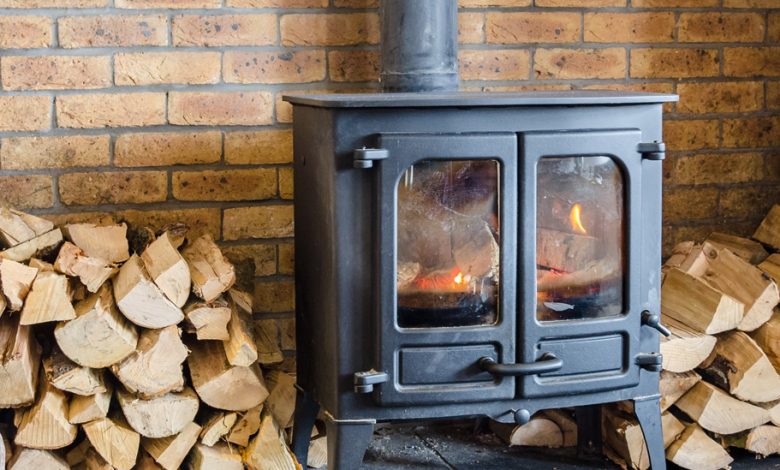
No matter where you reside globally, heating bills might be prohibitively high during the winter or cool months. Apart from being expensive, conventional heating options are not always environmentally friendly. Traditionally, heating technologies have relied on fossil fuels.
Not only are the expenses of harvesting these fossil fuels expensive, but so is the environmental harm they inflict. Utilizing the earth’s fossil fuels as a heat source has a detrimental effect. Fortunately, there are green or environmentally friendly heating options available for your house throughout the year’s colder months.
-
Solar Energy Heating
Solar heating is, without a doubt, the most energy-effective method of heating your house. However, there are no ongoing charges once the initial investment in solar heating and solar panels is made. In essence, you have the potential to heat your house for free for the rest of your life.
However, you must decide which sort of solar heating system to install. The first kind uses a hydronic collector to heat the liquid, whereas the second uses an air heater. Most of the time, the selection is made depending on your current heating system.
If your property already has a forced-air heating system, you should opt for the solar air heating system. Similarly, if you currently have a radiant heating system installed, you should opt for the solar liquid heating system.
This is to keep the cost of installing a solar system down since your house already contains half of the required energy.
Surprisingly, the cost of a solar heating system is less than you may believe. Solar heating systems cost between $30 and $80 per square foot. On average, one solar collector will be required for every 400 square feet of your house, with each collection costing about $3,500. However, keep in mind that you will never have to pay another heating bill after spending the first payment.
-
Stoves with Multiple Fuel Sources
Multi-fuel stoves are an environmentally efficient method of heating your compact house. You may purchase separate wood-burning and pellet stoves, but I’ve placed them together since they operate on the same principle. However, please remember that various fuel types’ environmental and eco-friendly credentials might vary.
As the name implies, a multi-fuel stove can burn various fuels. However, the greater variety of materials available makes it an appealing alternative. Additionally, you are not entirely relying on wood logs, a finite resource. This may be accomplished in a sustainable and regenerative manner.
For example, biomass pellets are created from recycled materials such as sawdust, wood shavings, and other types of grass. The organic matter is crushed and compressed to make the pellets, which also benefit from squeezing out extra moisture, resulting in an efficient, clean burn on the stove. Additionally, these biomass pellets produce fewer pollutants than wood logs. The use of wooden logs is considered a carbon-neutral energy source since the carbon released after combustion is about equal to the carbon absorbed by the tree over its lifetime.
Numerous contemporary multi-fuel stoves are now designed and manufactured to adhere to severe environmental regulations regarding smoke pollution and heat efficiency.
You can get a professional in heating and cooling from Atlanta, GA, to help you enjoy the benefits of eco-friendly heating solutions.
Whether you choose a multi-fuel or an entirely wood-burning stove, both require a modest footprint inside your house and a single chimney vent to the exterior.
-
Wind Energy
Wind energy has been around for a long time, but many people are unaware that wind can also be used to generate heat – and you don’t need a large windmill to do it. Instead, these systems are combined with a water heater, with wind energy used to power the heater.
The disadvantage of wind energy is that you must reside in a region with sufficient airflow to spin the turbine. Additionally, you must configure your home as a hydronic system to circulate the hot water, which may incur additional expenses if your home is equipped with a typical forced-air system.
Whichever method you select to heat your house sustainably, be sure to speak with specialists before making your choice. This winter, you’ll be able to stay warm and comfy while also contributing to the environment.





